By: Joe Holz, Director of Sales | Originally Posted: Feb. 10, 2016 | Updated: March 14, 2022 ____________________________________________________________________________________________
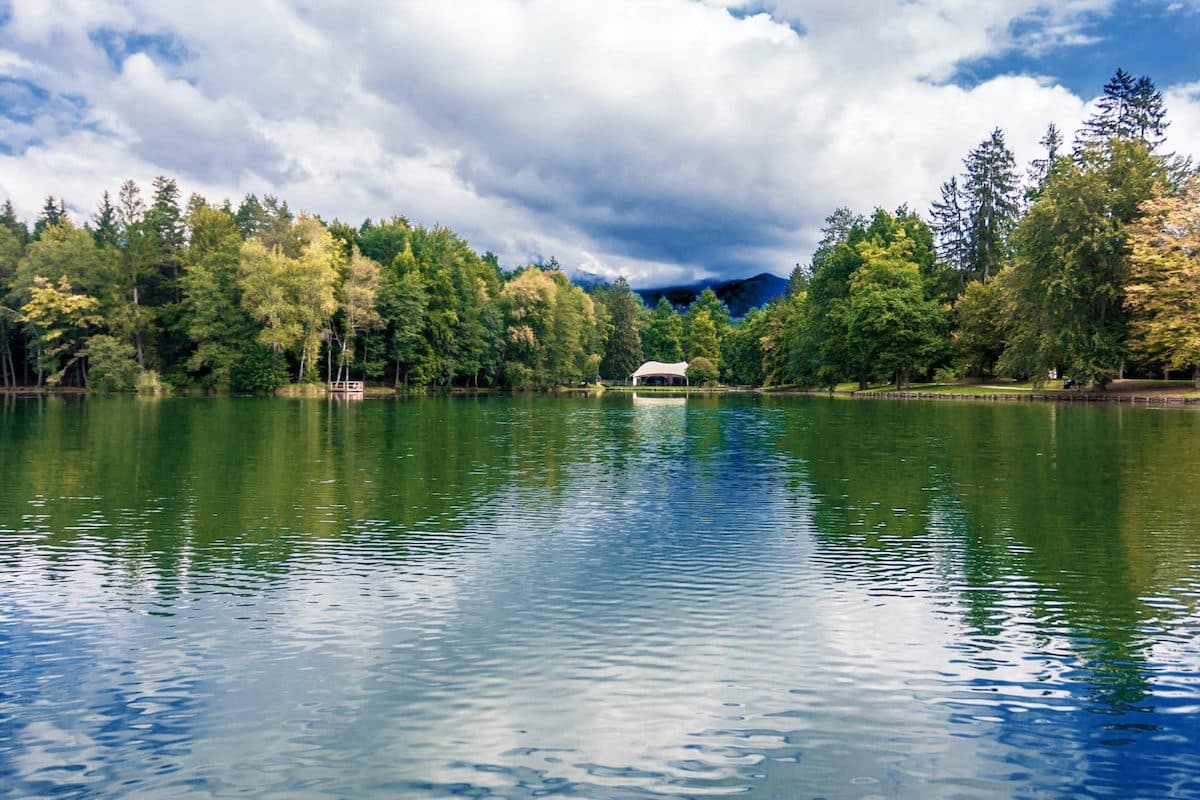
If aeration is one of the top forms of overall pond management and the best way to balance a pond ecosystem, circulation is a close second. Circulation, just like the blood in your veins, is critical to a healthy, vibrant pond ecosystem. Without circulation, natural biological processes become imbalanced and do not function properly.
Most aeration devices also involve a varying degree of circulation and water movement. Not only do you get improved D.O. and all it’s benefits, but you also see enhancement with the most common stagnant water issues. These issues can include stratification, turnover, winterkill, floating plants and debris, and mosquitoes.
Stratification
The layering of water by temperature and density can cause major problems within a pond. For example, it can limit fish habitat, slow down decomposition processes that lead to harmful gas production and can lead to dangerous chemical properties in the pond. Using an aeration or circulation device can prevent, and in some cases eliminate, this stratification completely.
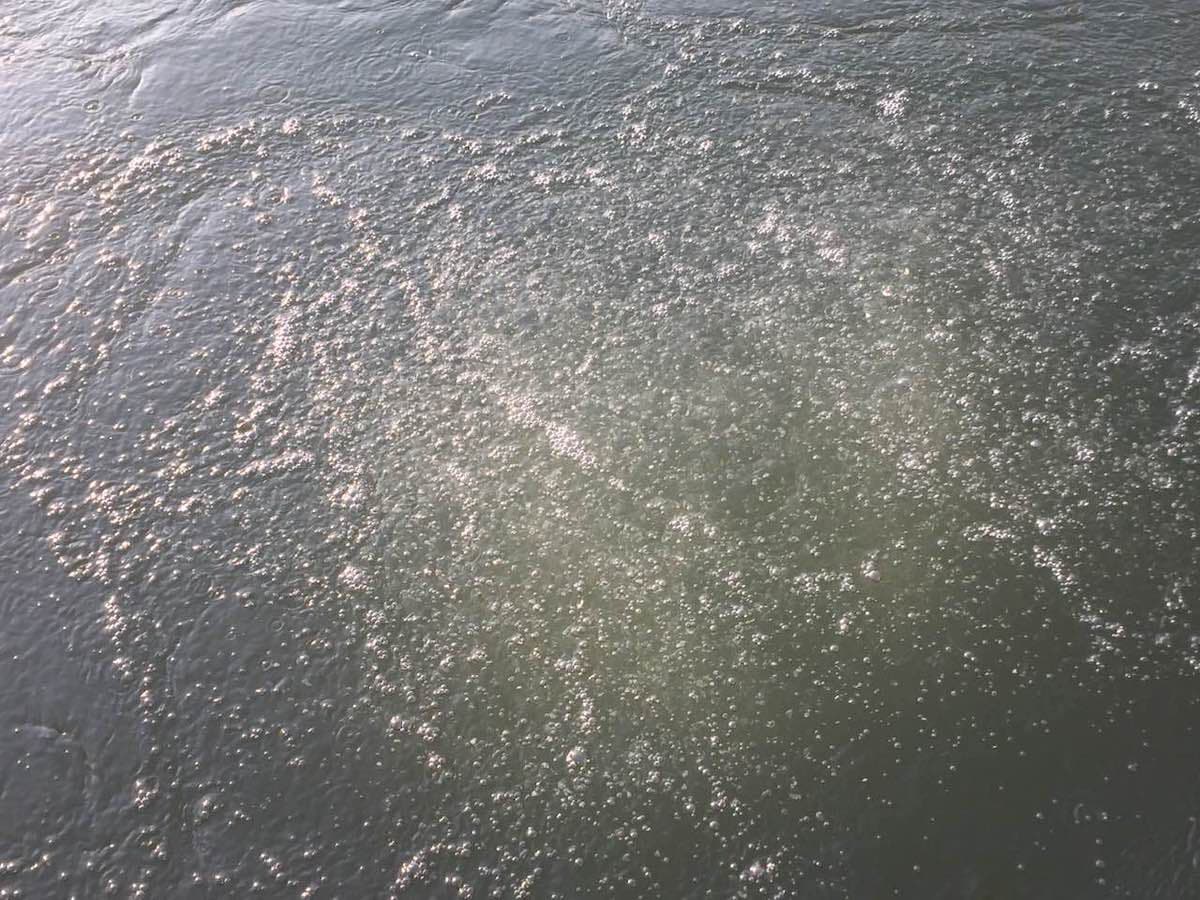
As with many things in life, it is easier to prevent a stratification problem before it starts. Therefore, it is recommended to install an aeration or circulation system in the spring before the layering has occurred. If it has already developed, you can still address it, but you need to take caution to not inadvertently create too rapid of a mixing that would lead to a turnover.
Turnover
Turnover is the process of a layered or stratified pond mixing when density barriers are lost. This can be catastrophic for fish if oxygen levels drop too low. By adding an aeration or circulation device, it can eliminate this risk completely by removing the stratification of the pond. It will also add oxygen to buffer against any turnover or mixing.
Winterkill
In the North, lots of ice and snow can spell disaster for your fish. As ice and snow build up on the pond, it blocks out sunlight which plants need to grow. Without plants, no oxygen is being produced. If you have a large density of fish, the oxygen stored in the water could be depleted before the spring thaw can help introduce more oxygen. In this case, your fish could begin to die due to lack of oxygen. Since larger, adult fish use more oxygen they may be the ones to die first.
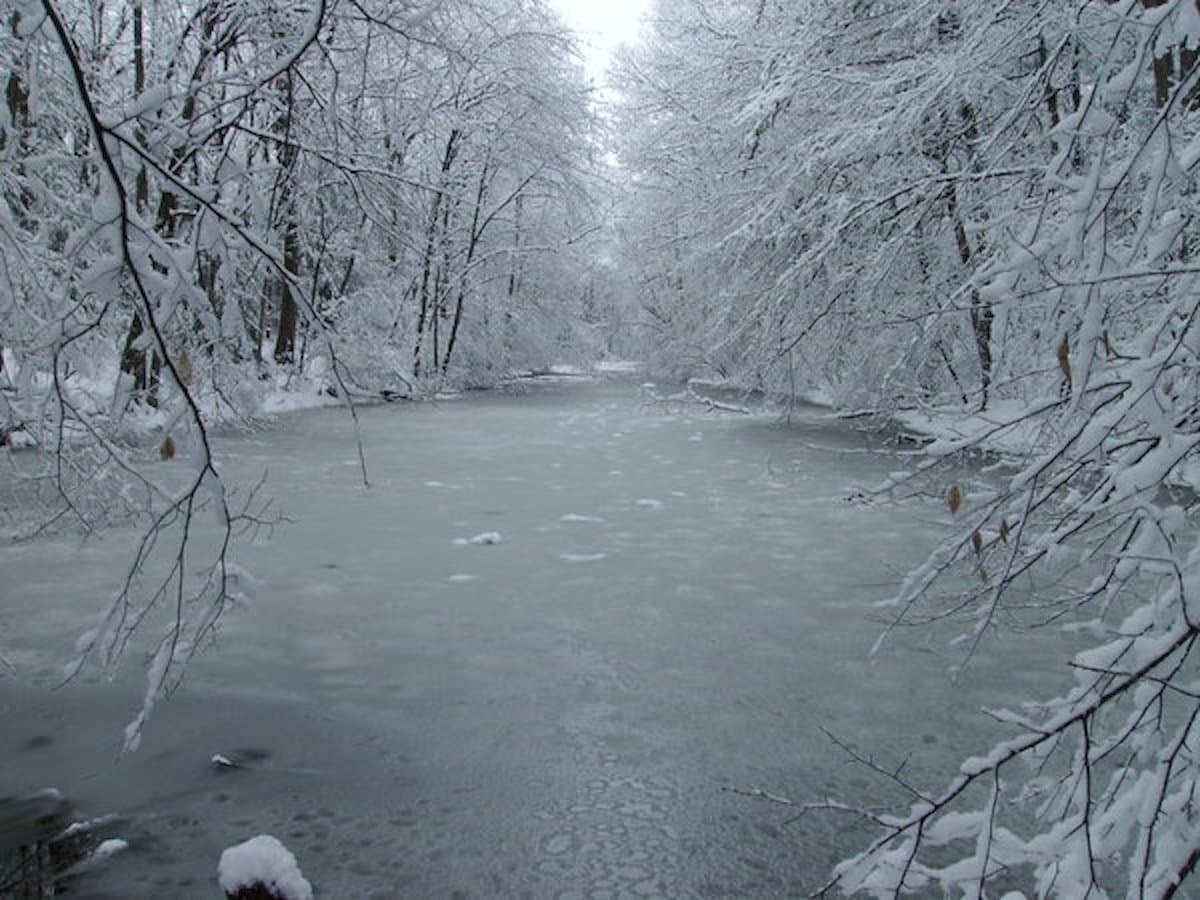
Winter circulation, or De-icing, can help prevent this winter die off by creating openings through the ice and snow. This allows oxygen to absorb into the water. Cold water can hold vast amounts of oxygen. All you need to do is expose the water to the air and oxygen will literally jump into the water. According to studies done by the WI DNR, only 1-2% of the pond’s surface area needs to be ice free to prevent winterkill.
By circulating the warm bottom water to the surface, you can successfully keep an open area in the pond. The temperature gradient does not need to be large to prevent ice formation. In some cases, you can even melt existing ice if a circulation or de-icer is installed after the ice has formed. This can take the worry out of wintering your fish and set your fish population up for rapid growth once the water warms in the spring.
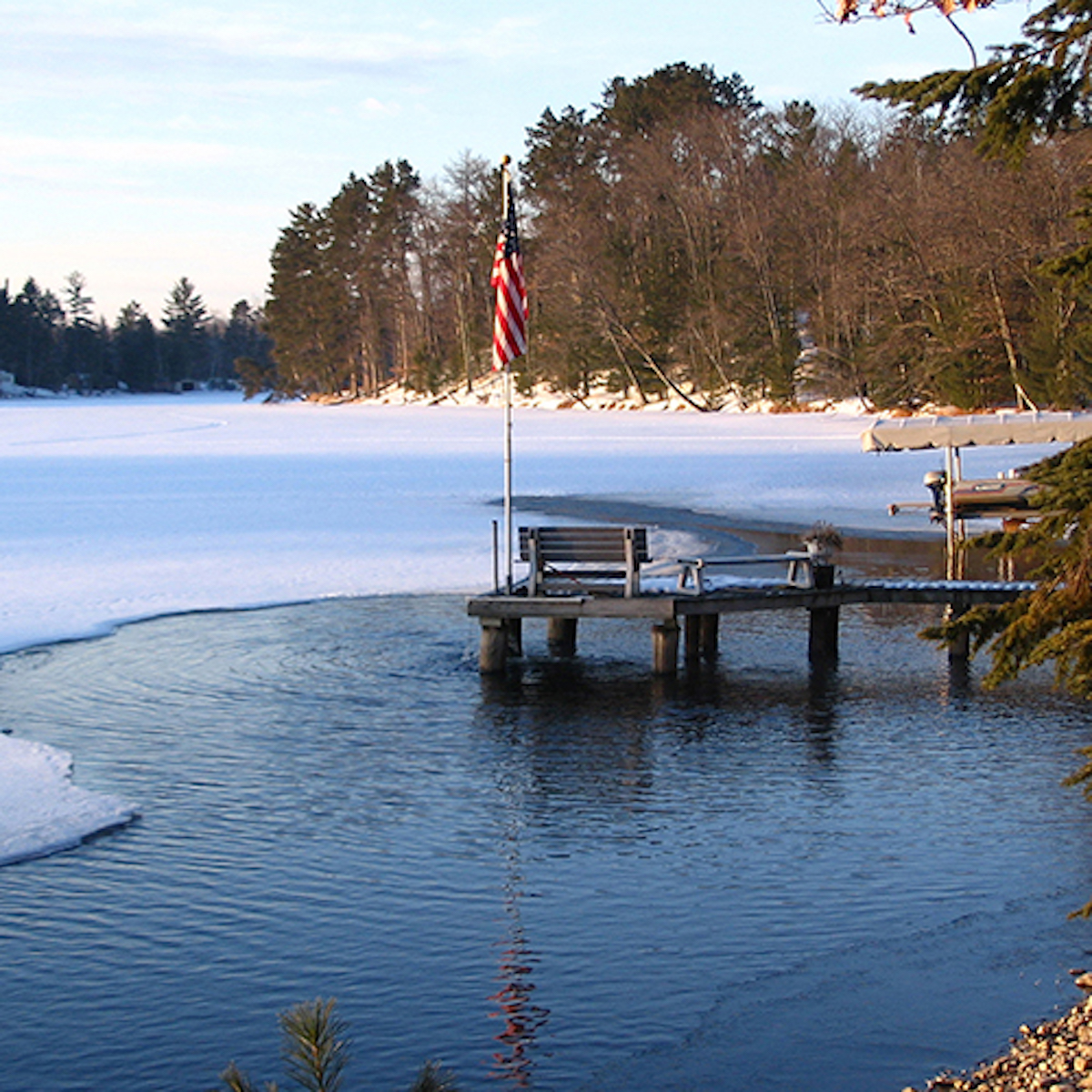
Floating Plants & Debris
Circulation can also help limit floating plants and debris that end up near your shoreline. Floating debris can be better managed by pushing it into areas where it can be easily removed. This is especially important for urban areas where trash can find its way in or around docks, marinas, or boats. In cases such as marinas and bays, strategically placed circulators can prevent floating debris from entering the area altogether.
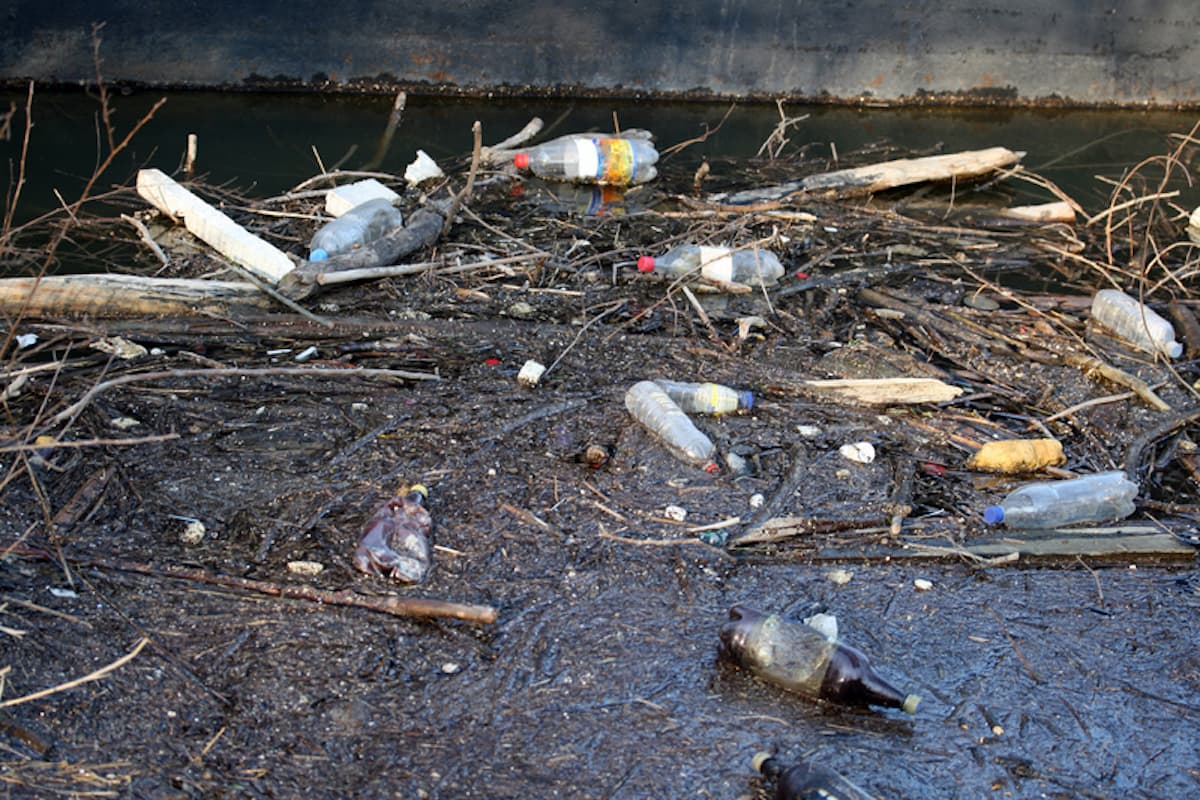
In addition to clearing debris, moving water also deters some floating plant species from growing. Most floating species of plants prefer still stagnant water. By creating water movement, you can limit or even prevent growth. The faster the water is moving at the surface, the less likelihood there is of having major algae, duckweed, or other floating plant problems.
Mosquitoes
Often the arch nemesis of any pond owner, mosquitoes can be a major problem. Part of the mosquito life cycle depends on still, stagnant water areas where the mosquito larvae can “hang” onto the surface tension of the water. By introducing circulation and movement to the water, you can disrupt the surface tension. Doing so causes the the mosquito larvae to sink and drown. Since mosquitos can reproduce in tiny puddles and very small amounts of water, simply circulating the water in your pond may not be enough to get rid of all your mosquitoes. However, you can at least attempt to manage some by making sure your pond is always moving.

Contact us to learn more about how our products can help prevent still, stagnant water and make your pond or lake healthy and desirable.
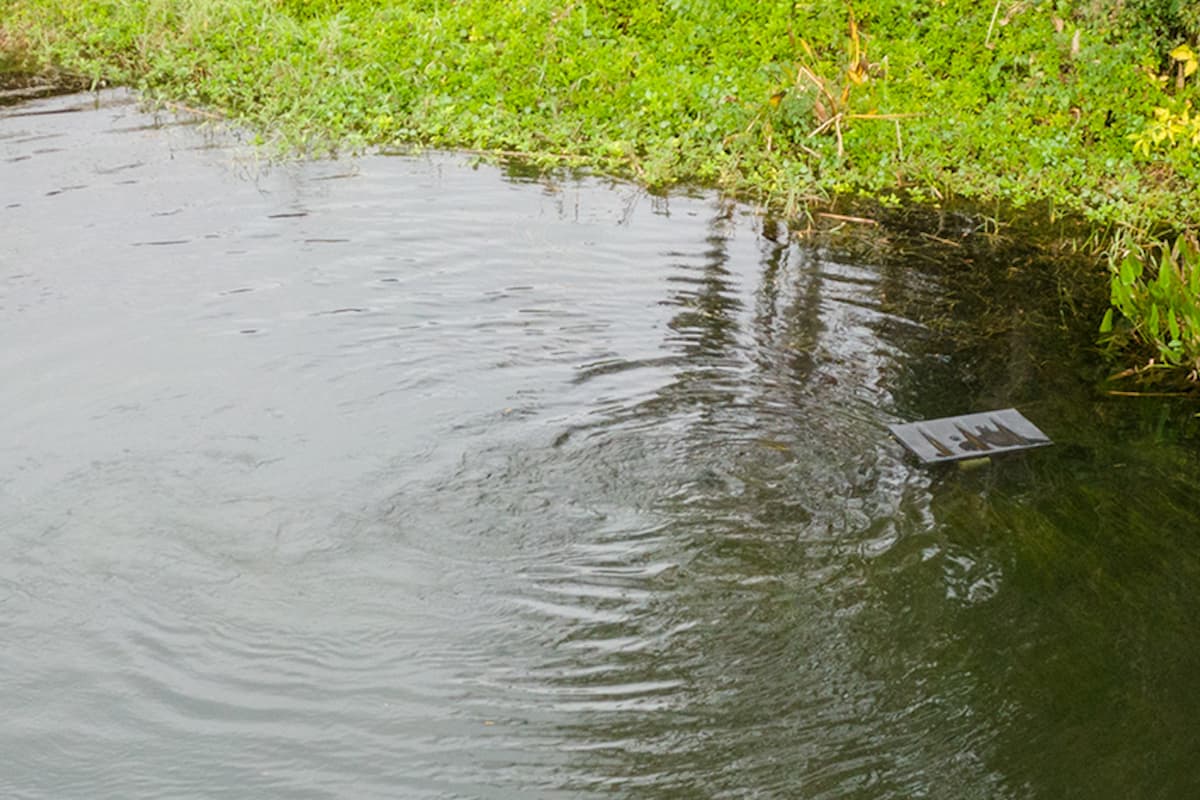 Transform Standing Water Into Outstanding Water
Transform Standing Water Into Outstanding Water
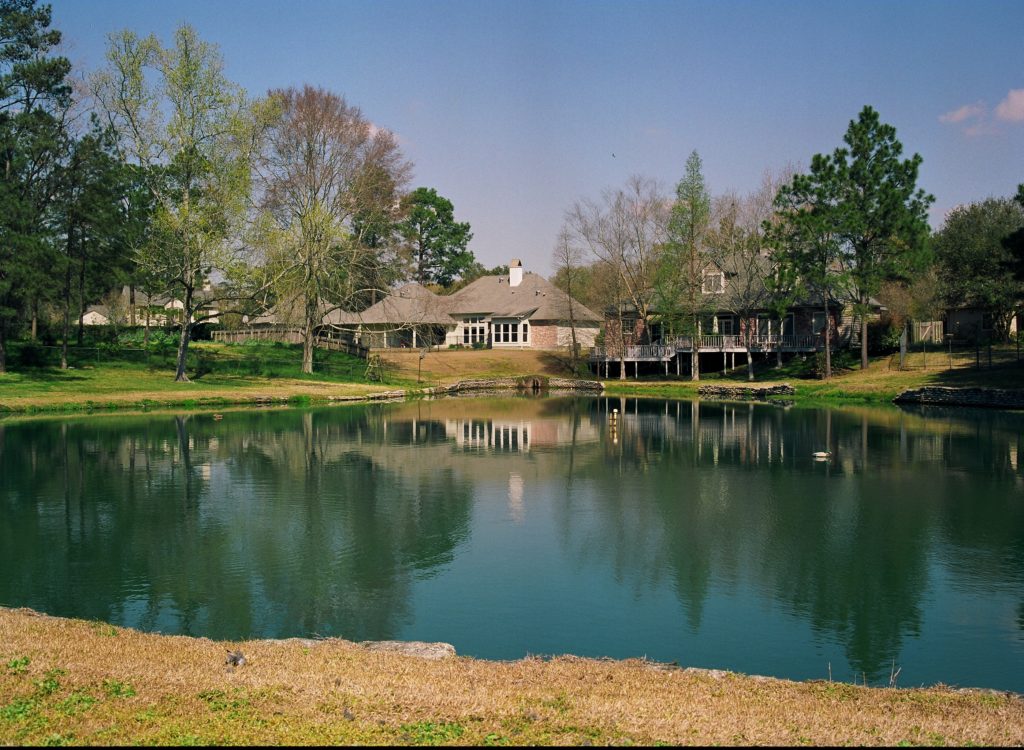 Find Your Pond Care System this Spring
Find Your Pond Care System this Spring
